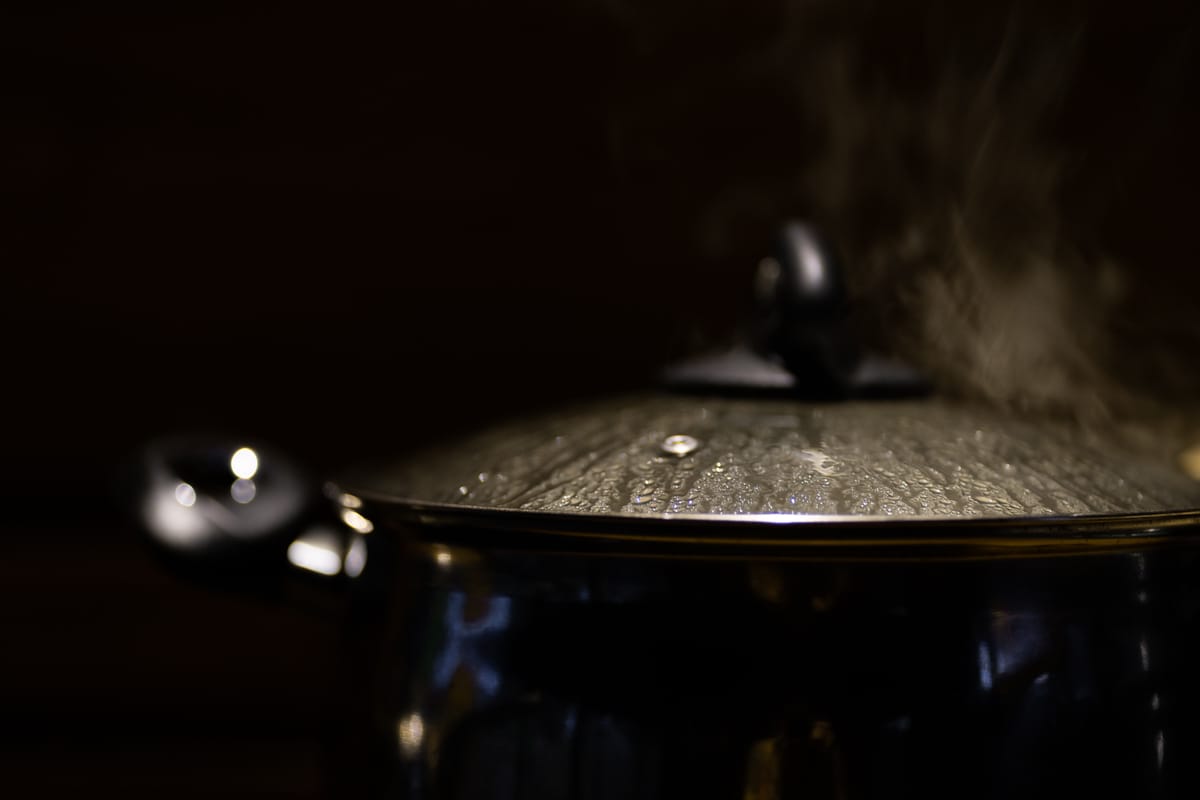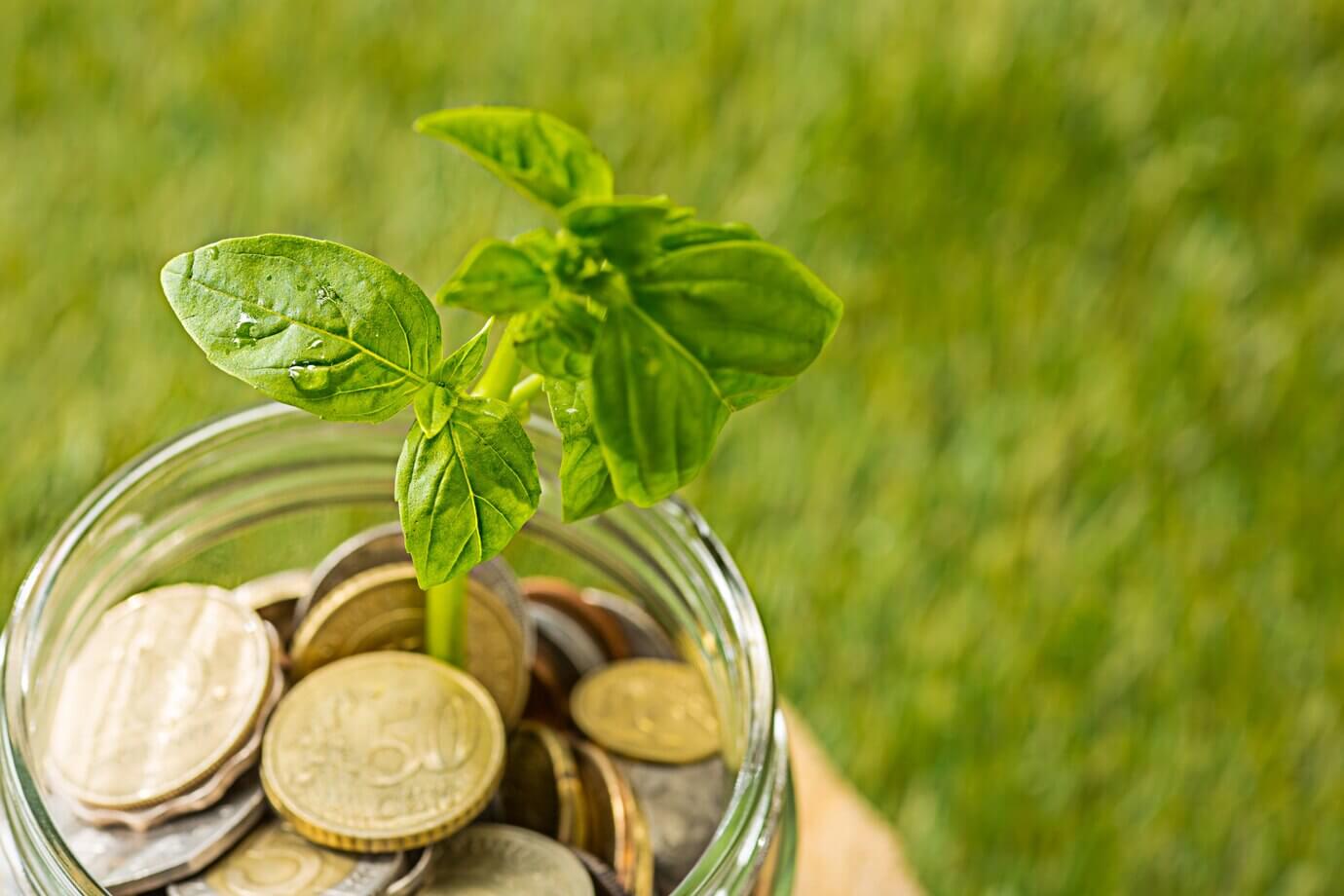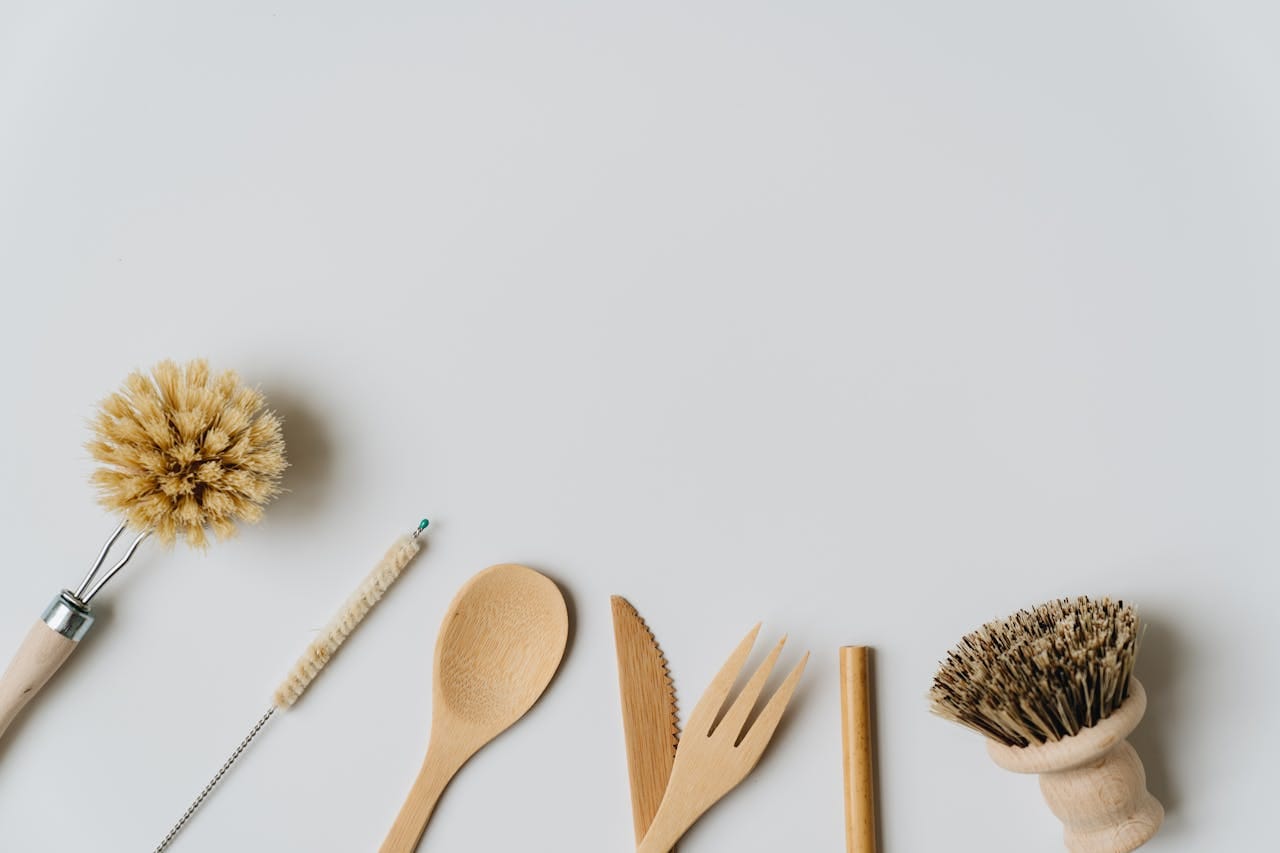Have you noticed more people chatting about eco-friendly cookware lately? It's not just a trend; it's about making choices that are better for our planet and our health. But, let's talk dollars and cents. Is going green in the kitchen really worth it? We're jumping into the nitty-gritty of eco-friendly versus traditional cookware costs and benefits. Ready to find out which pots and pans give you the best bang for your buck?
In This Article
- Understanding Cookware Costs
- Initial Purchase Price
- Longevity and Durability
- Maintenance and Care Costs
- Performance and Efficiency
- Environmental and Health Costs
- Total Cost of Ownership
- Making the Switch to Eco-Friendly Cookware
- Call to Action
Understanding Cookware Costs
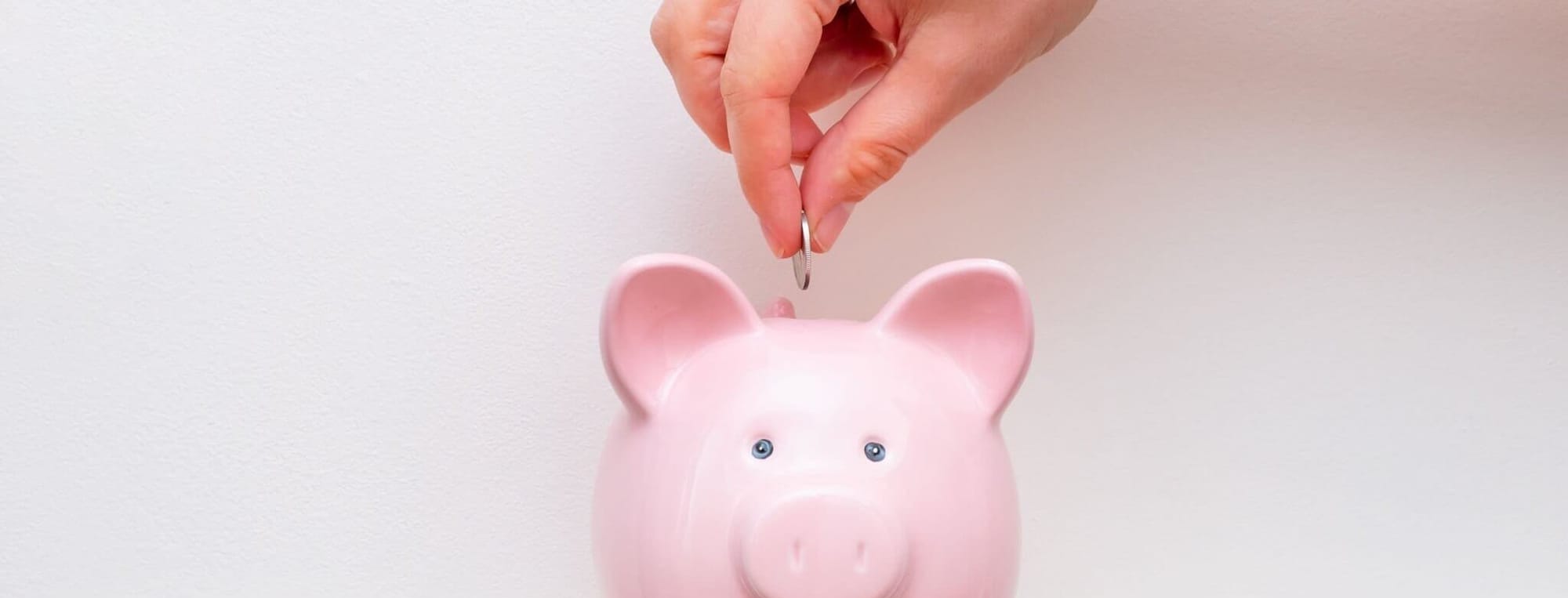
First up, what exactly is eco-friendly cookware? It's all about pots and pans made from materials that are kind to the earth, like recycled metals, natural clay, or sustainably sourced wood. But it's not just what they're made of; it's also how they're made. Eco-friendly cookware aims to reduce environmental impact during production and throughout its life.
So, what goes into the price tag? Three big things: the materials used, how it's made, and how long it lasts. Eco-friendly options might use pricier materials or more complex manufacturing processes, but they're also designed to hang around your kitchen longer.
Initial Purchase Price
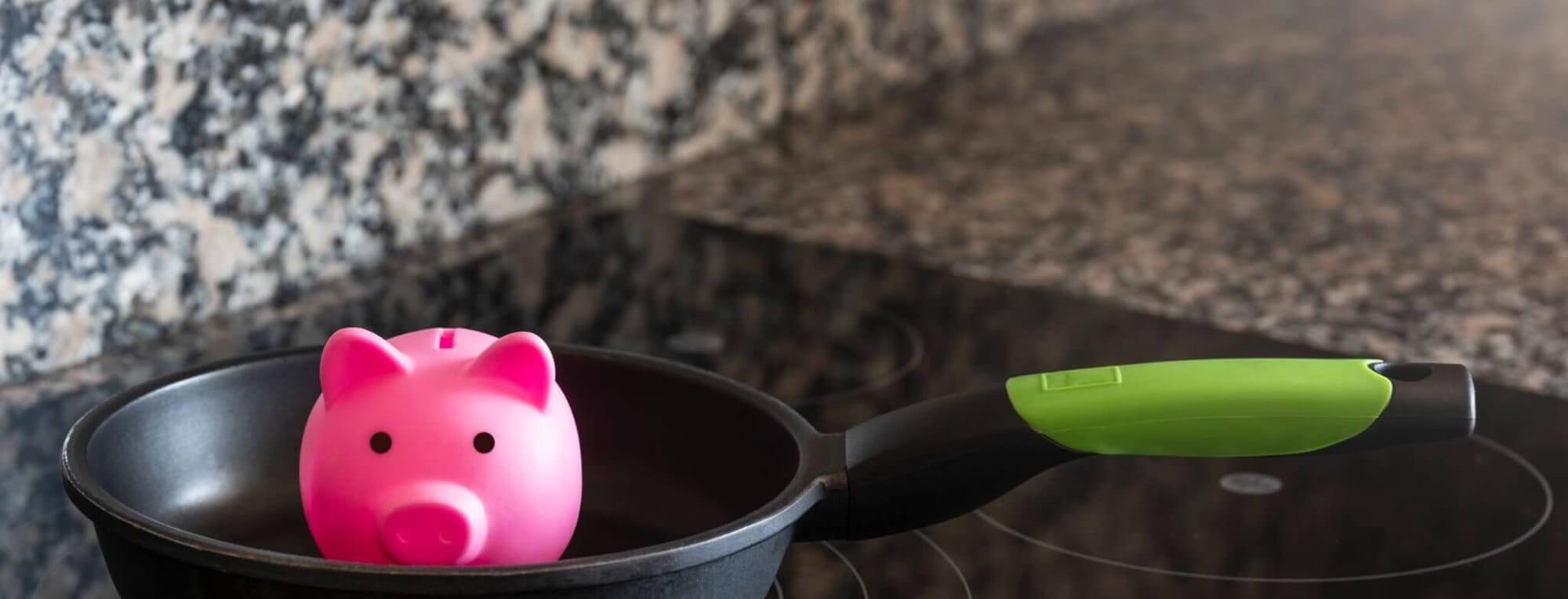
Let's talk numbers. Eco-friendly cookware can seem more expensive at first glance. For example, a high-quality stainless steel pan made from recycled materials might set you back more than a similar non-eco-friendly option. Bamboo utensils are super affordable, while ceramic-coated pans are mid-range.
But it's not just about the sticker price. Traditional cookware might be cheaper upfront, but those savings can disappear faster than cookies at a bake sale if you have to replace them more often.
Longevity and Durability
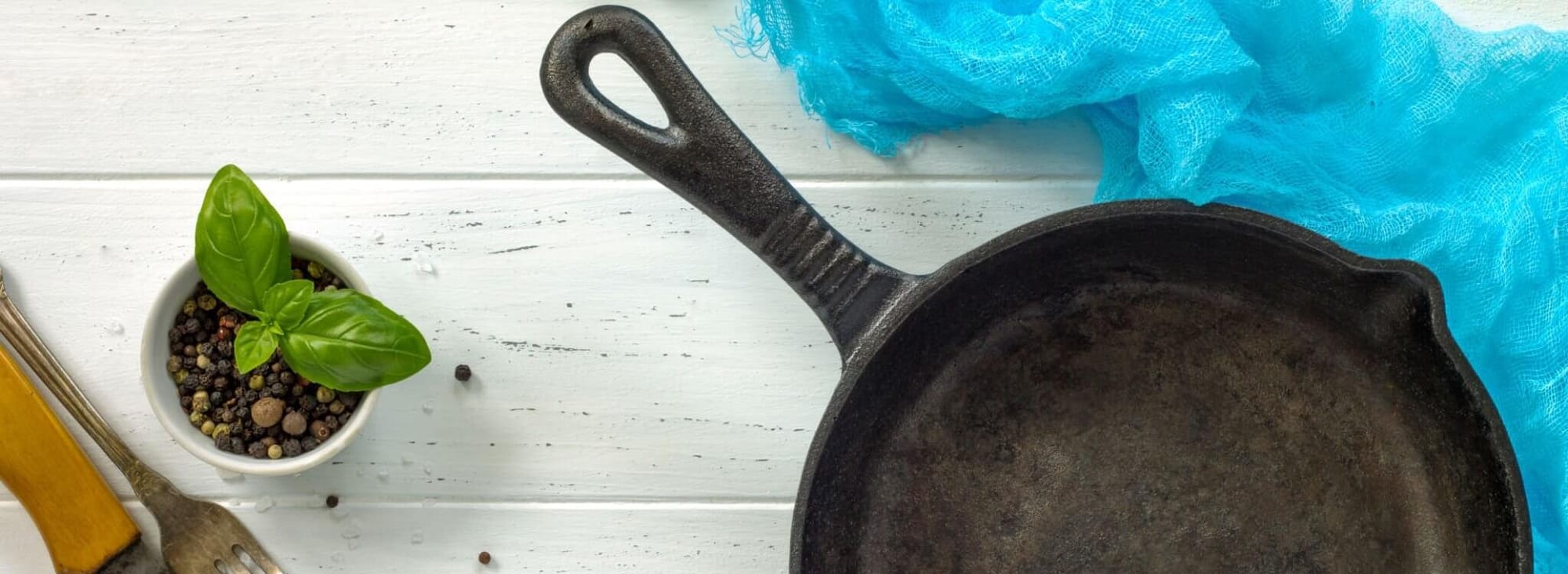
This is where eco-friendly cookware starts to shine. Imagine a cast iron skillet that gets better with age or a stainless steel pot that can last decades. These eco-friendly heroes are in it for the long haul, reducing the need for frequent replacements.
On the flip side, traditional non-stick pans might start peeling after a few years, and plastic utensils can warp or melt. When you start adding up the cost of replacing these items, eco-friendly options don't just seem durable; they seem downright economical.
Maintenance and Care Costs
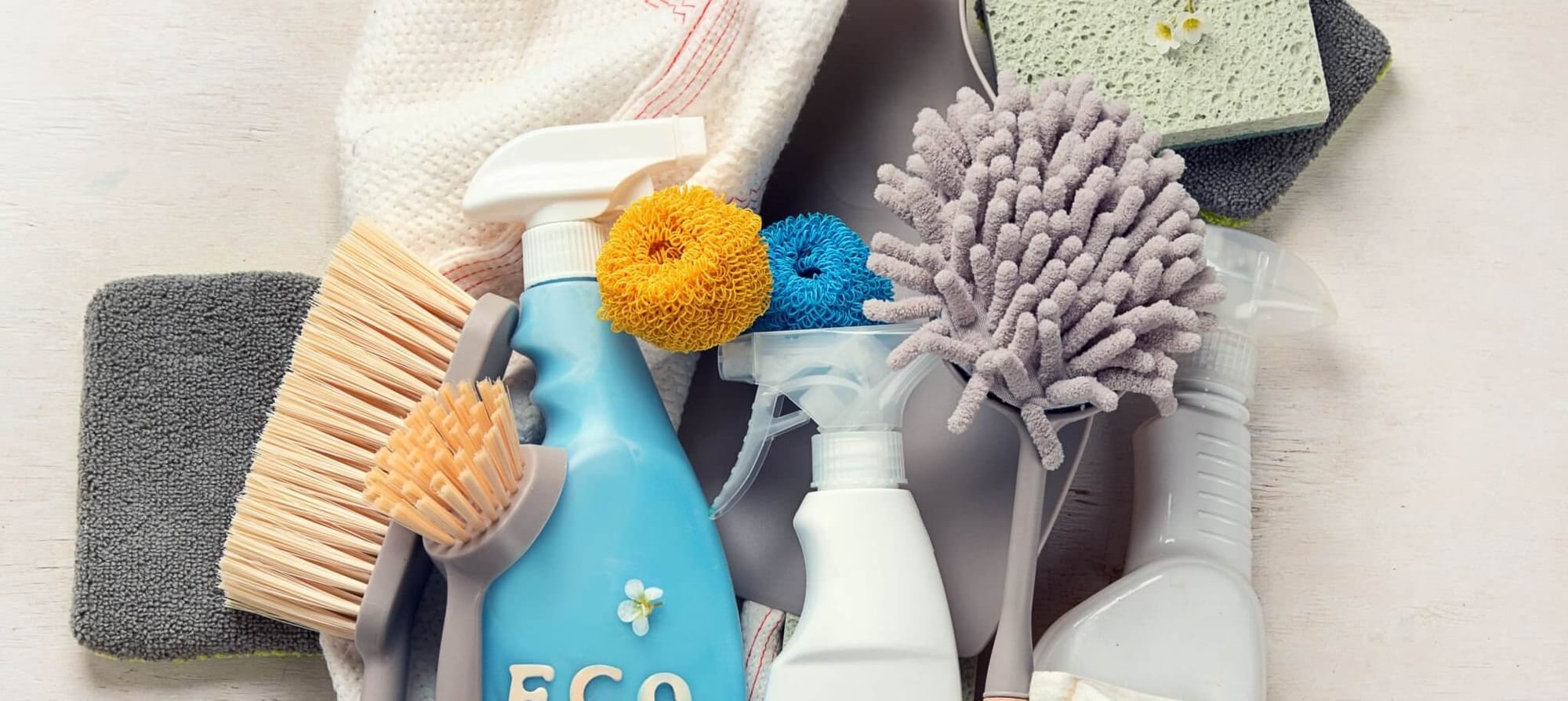
Caring for your cookware correctly can make a big difference in how long it lasts, and guess what? Eco-friendly cookware often comes with easy-peasy maintenance that won't break the bank. For instance, cast iron needs a simple rub of oil to keep its non-stick surface in top shape, and stainless steel just loves a good wash with mild soap and water. No need for fancy, expensive cleaners!
But here's the kicker: traditional non-stick pans can be high-maintenance divas. Use metal utensils or the wrong kind of scrubber, and you've got a scratched surface that's headed straight for the trash. Plus, once that non-stick coating starts to go, you're looking at replacement costs that add up fast.
Performance and Efficiency
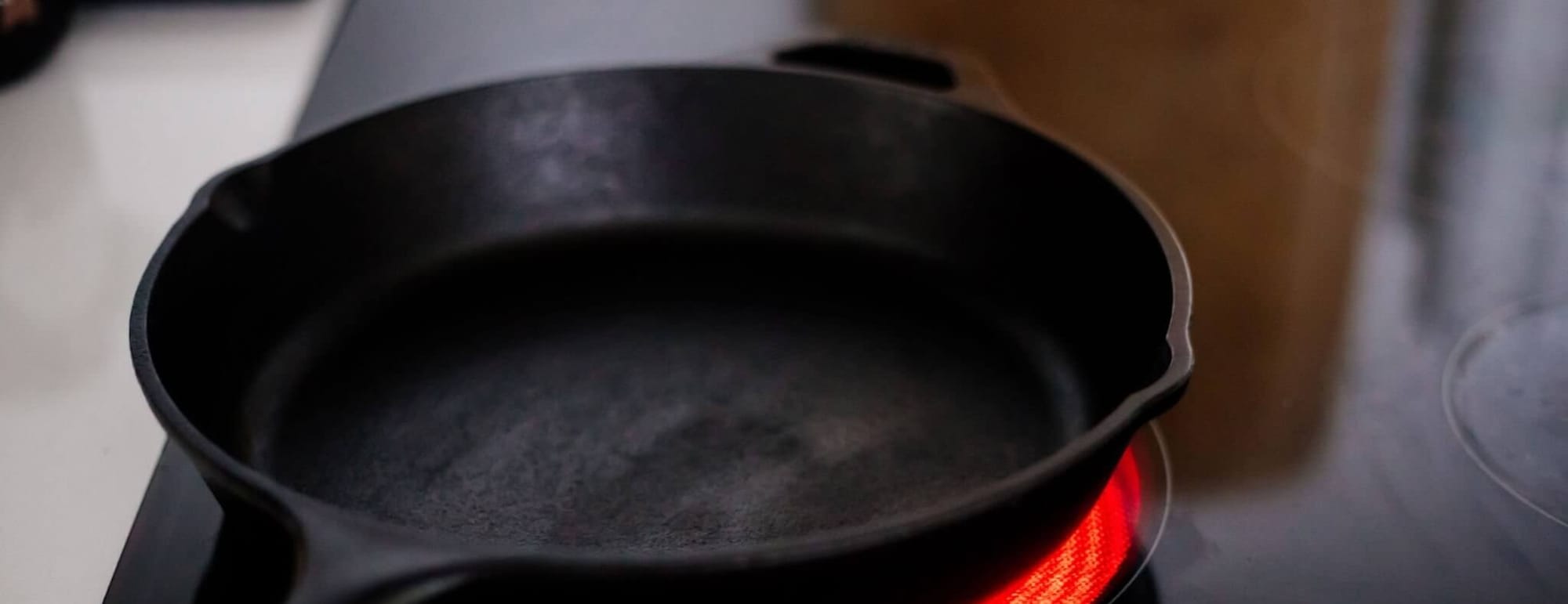
Now, let's talk about getting hot in the kitchen. Eco-friendly cookware isn't just good for the planet; it's often a champ at cooking your food efficiently too. Take cast iron and copper, for example. They're fantastic at heating evenly and holding onto that warmth, which means you can turn down the flame and save some energy.
And here's a cool fact: some eco-friendly cookware is designed to work perfectly with modern energy-saving stoves, like induction cooktops. So, while the initial price might be a bit higher, the savings on your energy bill over time can be pretty sweet.
Environmental and Health Costs

Choosing eco-friendly cookware isn't just a win for your wallet; it's a big high-five to the planet and your health. Traditional cookware production can be a dirty business, with lots of energy used and pollutants released. And when it's time to say goodbye to that old pan, if it's not recyclable, it's just adding to our growing landfill problem.
But here's the real food for thought: some traditional non-stick coatings contain chemicals that could make their way into your food when the surface gets damaged. Not exactly appetizing, right? Eco-friendly cookware, on the other hand, uses natural materials and safer manufacturing processes, so you can cook up a storm without worrying about what's sneaking onto your plate.
Total Cost of Ownership

When you tally up the numbers, eco-friendly cookware often comes out as the MVP in the kitchen arena. Yes, the upfront cost might pinch your wallet more than traditional options. But when you factor in the longer lifespan, lower maintenance costs, and the savings from efficient cooking, eco-friendly cookware starts to look like a bargain. Plus, there are the indirect savings—like the health benefits of avoiding toxic chemicals and the environmental savings from reduced waste and energy consumption. All told, the total cost of ownership for eco-friendly cookware can be significantly lower over time compared to sticking with traditional, less sustainable options.
Making the Switch to Eco-Friendly Cookware
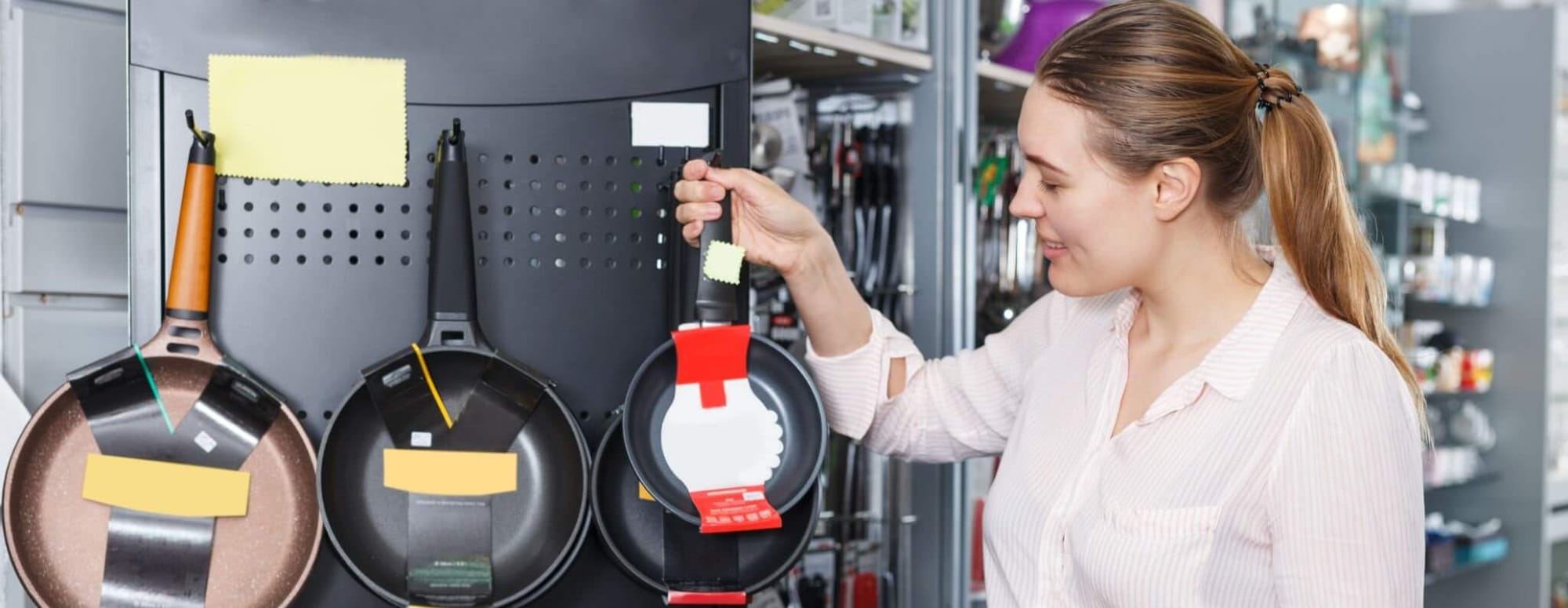
Thinking about greening your cookware collection? Here’s how to make the switch without frying your budget:
- Start Small: No need to overhaul your entire kitchen at once. Begin by replacing items you use most frequently with eco-friendly alternatives.
- Do your research: Look into different materials, brands, and their sustainability practices. Read reviews and learn more about the environmental and social initiatives of the companies you're considering. A helpful resource for researching a company's sustainability practices is on Investopedia.
- Dispose Responsibly: When it’s time to say goodbye to old cookware, don’t just toss it in the trash. Check if it can be recycled, or see if local charities can give it a second life.
- Care Wisely: Extend the life of your eco-friendly cookware by following the manufacturer’s care instructions. Simple steps like hand washing and proper storage can make a big difference.
Share Your Eco-Cookware Experience
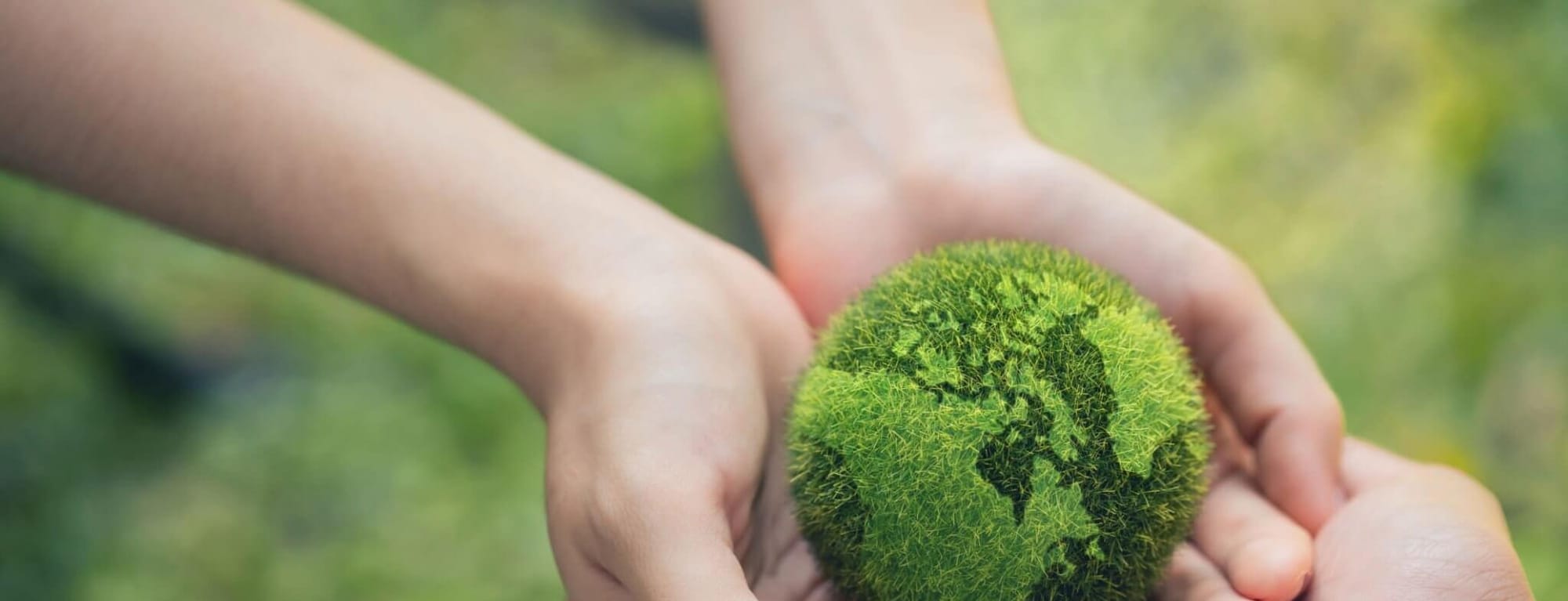
Now over to you! Take a moment to look at your pots and pans through a green lens. Are they serving you and the planet well? If you’re thinking about making the switch to eco-friendly cookware, remember, every little change adds up to a big difference for our world.
Have you already embraced eco-friendly cookware? We’d love to hear about your journey! Share your stories, tips, and maybe even a few of your favorite eco-friendly recipes by email or on social media. Let’s inspire a kitchen revolution, one eco-friendly pot at a time. Together, we can cook up a healthier planet.
- Further Reading: "Benefits of Eco-Friendly Cookware" for a broader understanding of the advantages beyond cost.
- You Might Be Interested: "Choosing Wisely: How to Choose Eco-Friendly Cookware" for guidance on selecting eco-friendly cookware that aligns with your needs and budget.
